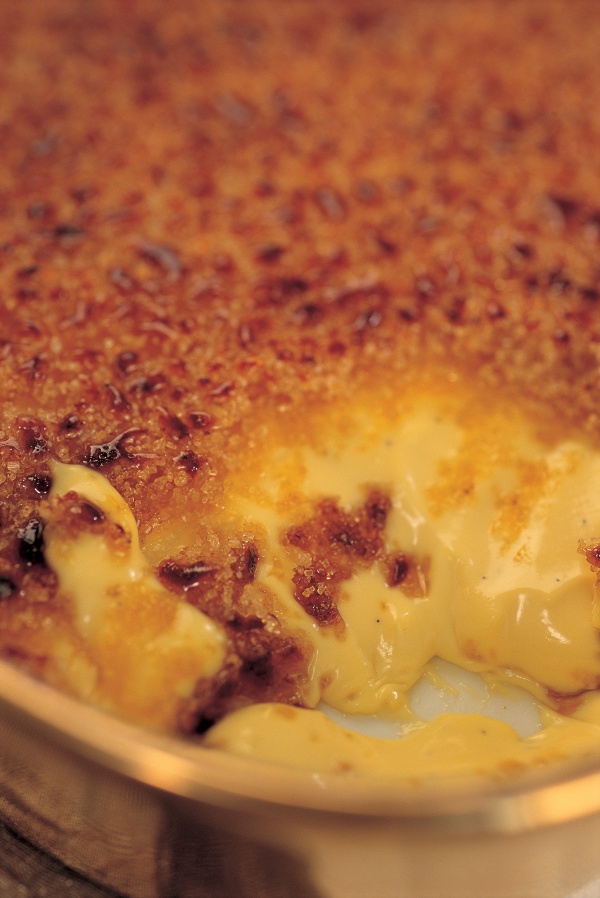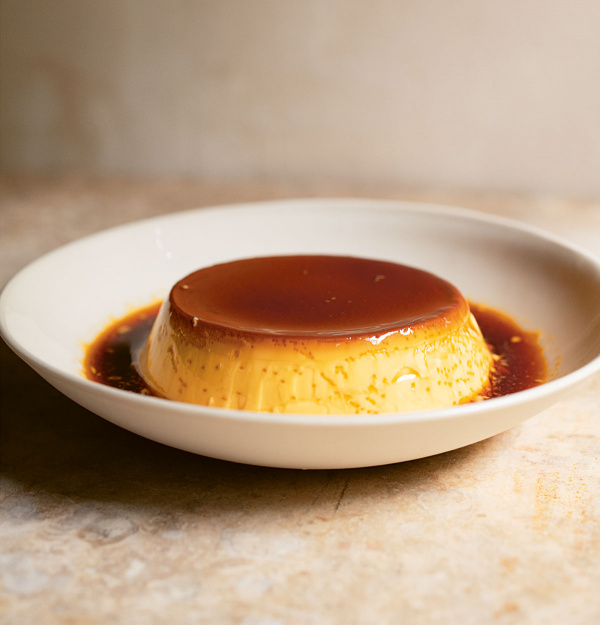Creme Brulee Too Thin Or Overcooked
Asked by JoannaKM. Answered on 6th July 2016
Full question
I have tried to make the Creme Brulee twice but both times an utter fail. The first one was separated and curdled, which I later discovered was my fault for over-cooking/heating it. The recipe doesn't give strict warnings about this though - 'about to split' doesn't mean anything to me. So I was very careful the second time around, but it almost happened again. I caught it just before it was too late, and poured it into the frozen dish and whisked rapidly. But then after I carmalised the top and tried to cut into it, it was like soup! Very runny. How could I have done anything differently? Overcooked and then undercooked! Maybe if temperatures were given for it while it's cooking?
Our answer
Eggs are very good for thickening sauces and custards, such as Nigella's Creme Brulee (from NIGELLA BITES). However eggs also cook at a very low temperature so any sauce conatining eggs can have a tendency to curdle. The mixture can look "split" as the proteins clump together and the liquid part can become thin and watery.
When the custard is cooked correctly it should be thick enough to coat the back of a spoon and if you draw your finger through the mixture on the spoon then it will not flow back immediately; you will see the line drawn by your finger for a second or two. If you want to use a digital or instant-read thermometer then the custard will be cooked at between 75c (167F) and 79c (174F). As soon as the custard is cooked you should dip the base of the saucepan into a sinkful of cold water to cool the pan quickly and to stop the custard from cooking further. The custard should become thicker as it cools and should be chilled thoroughly before the sugar topping is added. If the custard turns more liquid when the sugar topping is caramelized it could be that the whole dish was heated too much when the sugar was being caramelized. This can sometimes happen if a regular grill (broiler) is being used. A blowtorch is ideal as it gives an intense blast of heat in a restricted area. But if you have to use a grill/broiler then you could try sitting the dish in a roasting tin filled with ice, as this will help to keep the custard cool.





Tell us what you think
Thank you {% member.data['first-name'] %}.
Explore more questionsYour comment has been submitted.